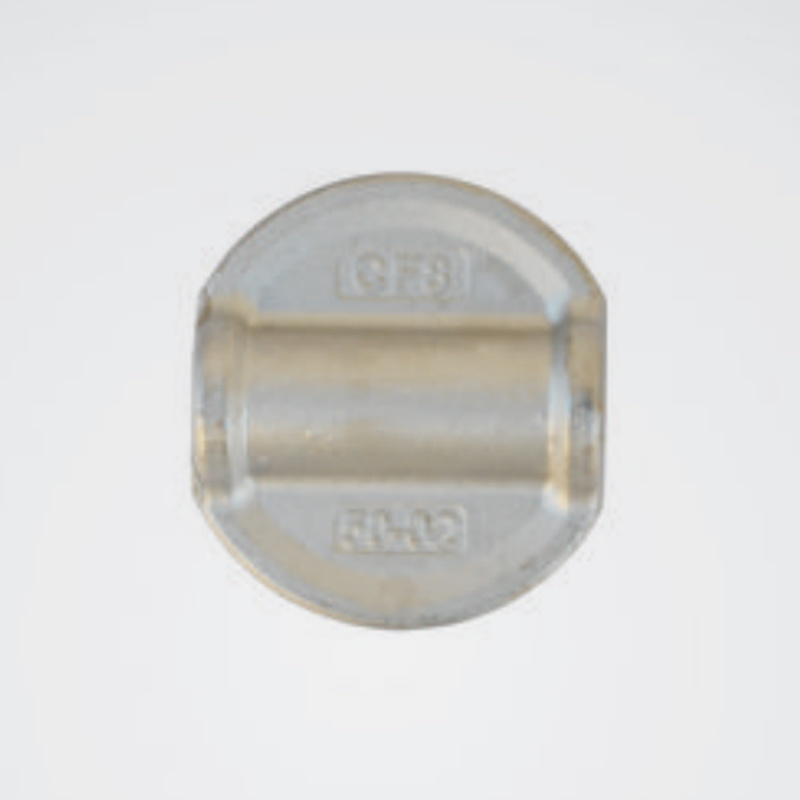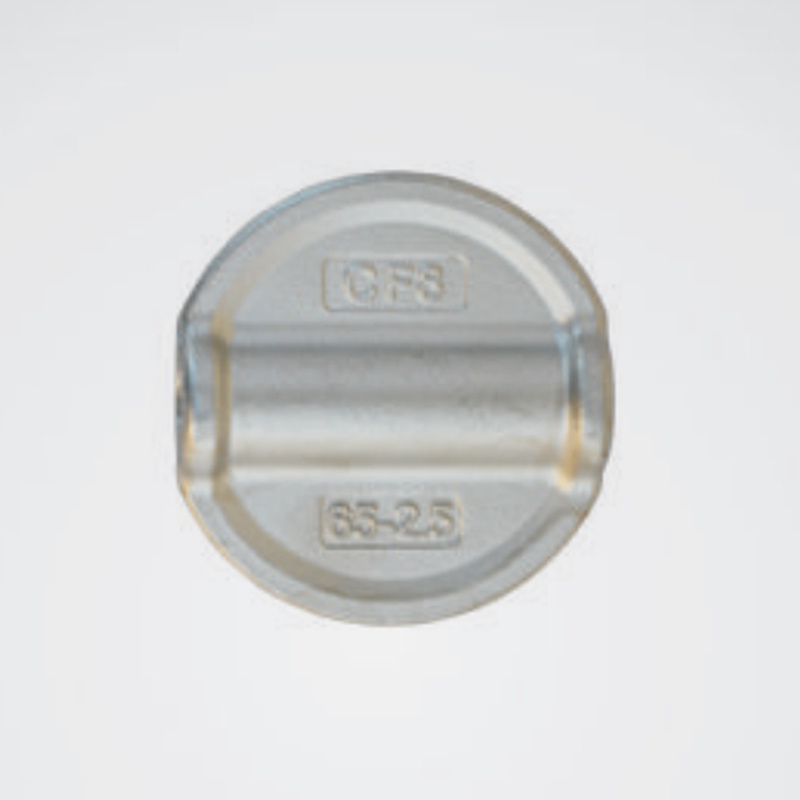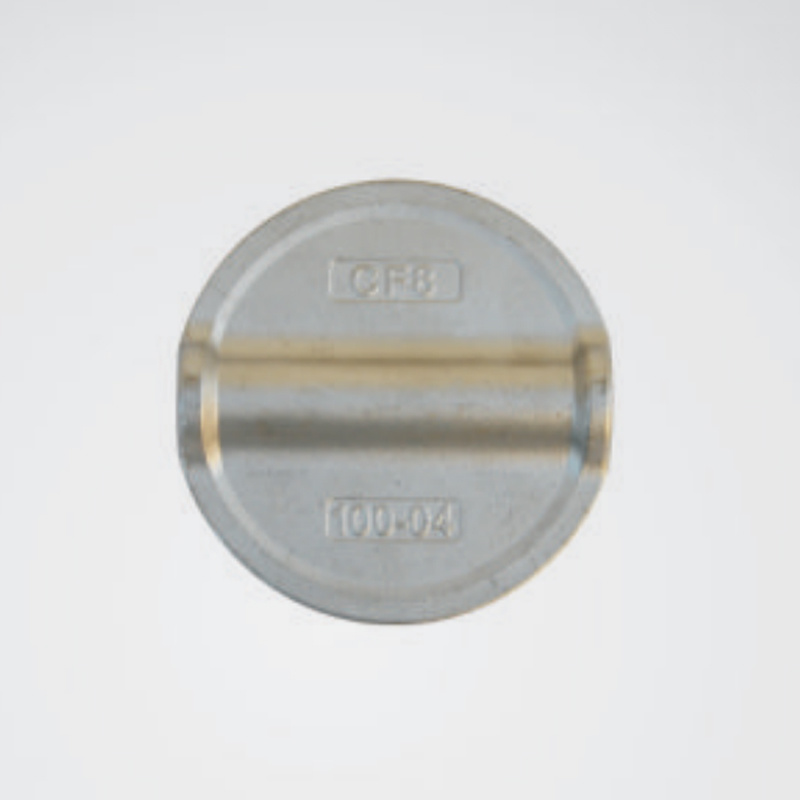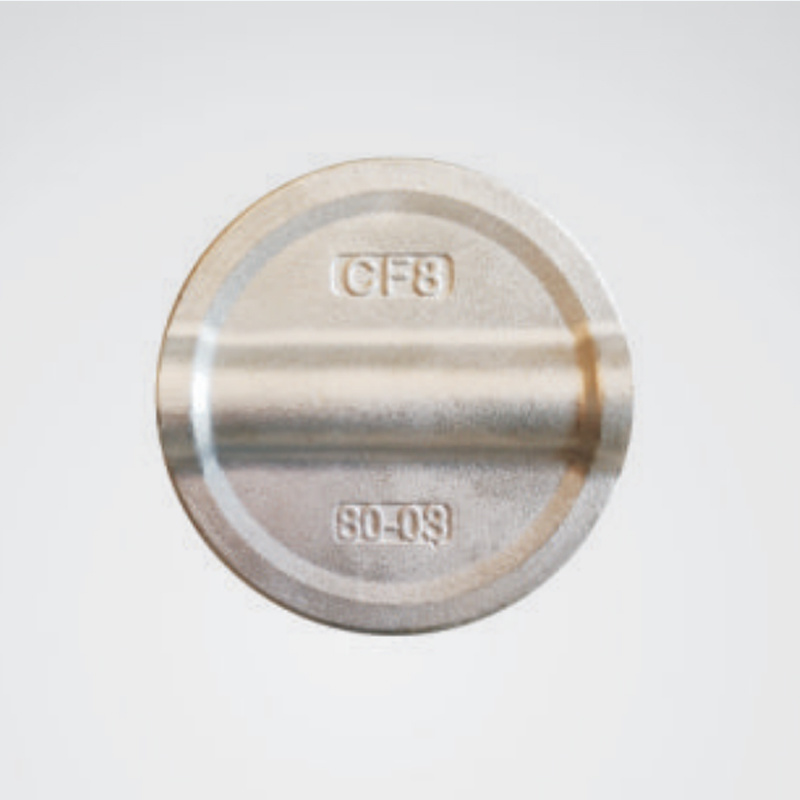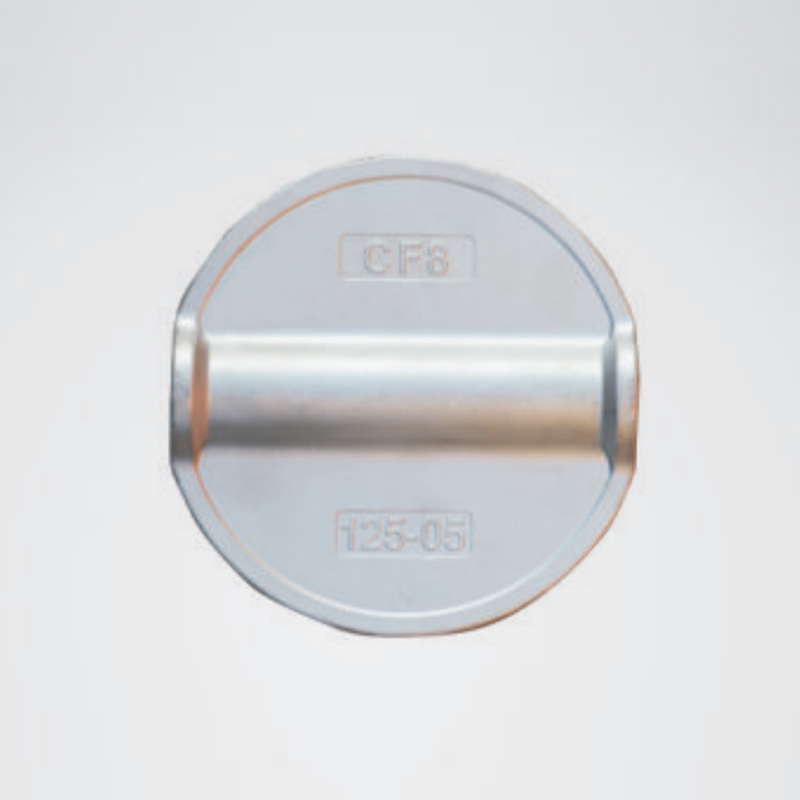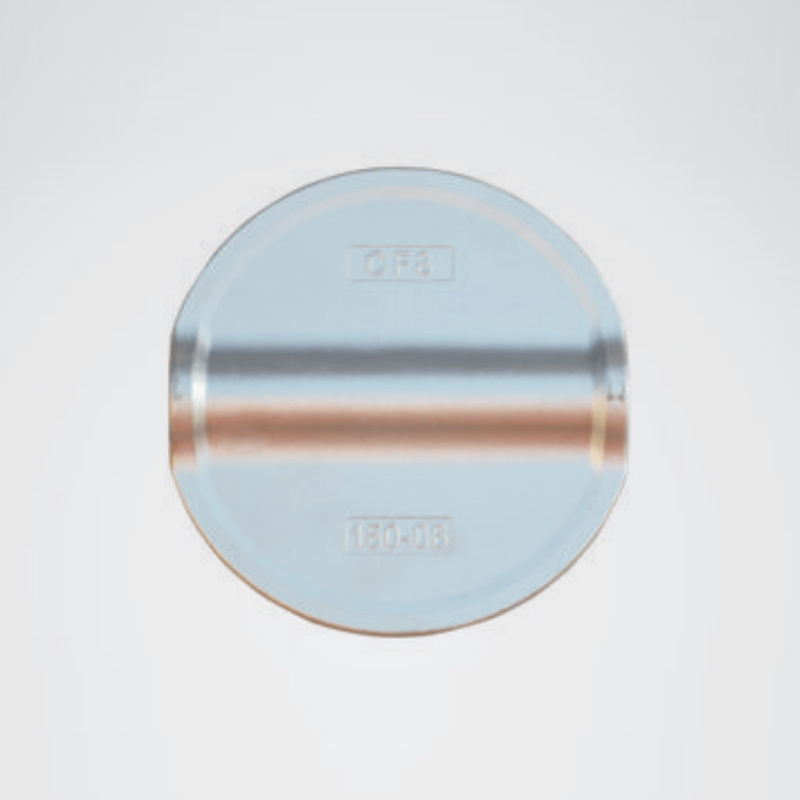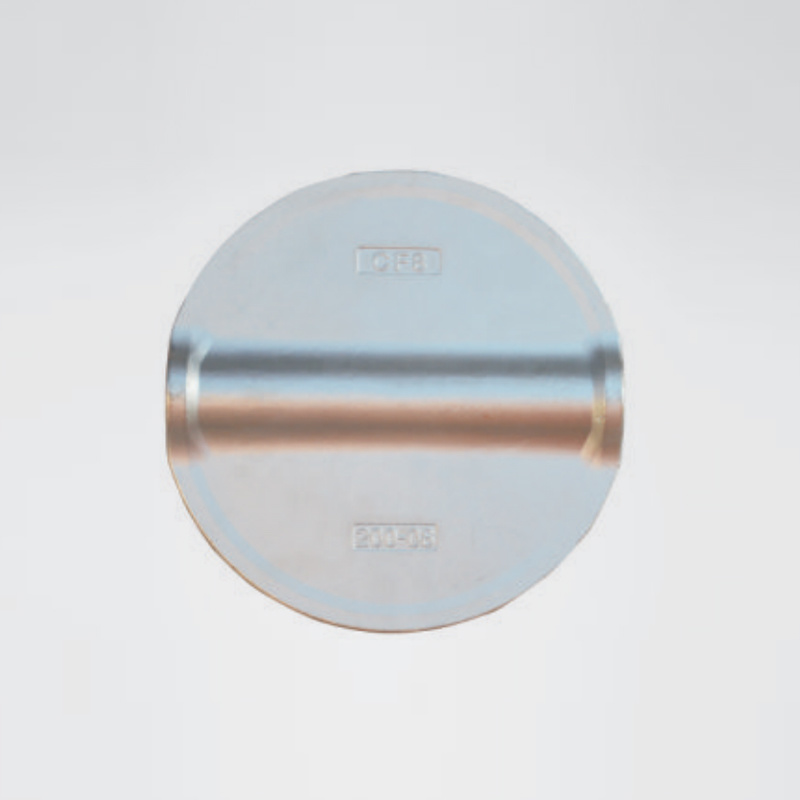Contact Information
Hotline:+86-18632769018
Email:1162133748@qq.com
Address: Dahbaitou Village, Fenghuazhen Town, Cangxian County, Cangzhou City, Hebei Province
The passivation film formed on the surface of stainless steel can resist corrosion from acids, alkalis, salts, and humid environments, extending the service life of the valve.
The passivation film formed on the surface of stainless steel can resist corrosion from acids, alkalis, salts, and humid environments, extending the service life of the valve.
The passivation film formed on the stainless steel surface can resist erosion from acids, alkalis, salts, and humid environments, extending the valve's lifespan.
The passivation film formed on the surface of stainless steel can resist corrosion from acids, alkalis, salts, and humid environments, extending the service life of the valve.
The passivation film formed on the surface of stainless steel can resist corrosion from acids, alkalis, salts, and humid environments, extending the service life of the valve.
The passivation film formed on the surface of stainless steel can resist corrosion from acids, alkalis, salts, and humid environments, extending the service life of the valve.
The passivation film formed on the surface of stainless steel can resist corrosion from acids, alkalis, salts, and humid environments, extending the service life of the valve.
The passivation film formed on the surface of stainless steel can resist corrosion from acids, alkalis, salts, and humid environments, extending the service life of the valve.
The passivation film formed on the surface of stainless steel can resist corrosion from acids, alkalis, salts, and humid environments, extending the service life of the valve.



